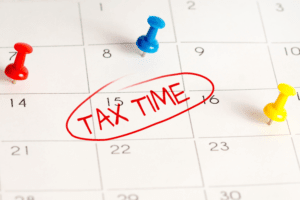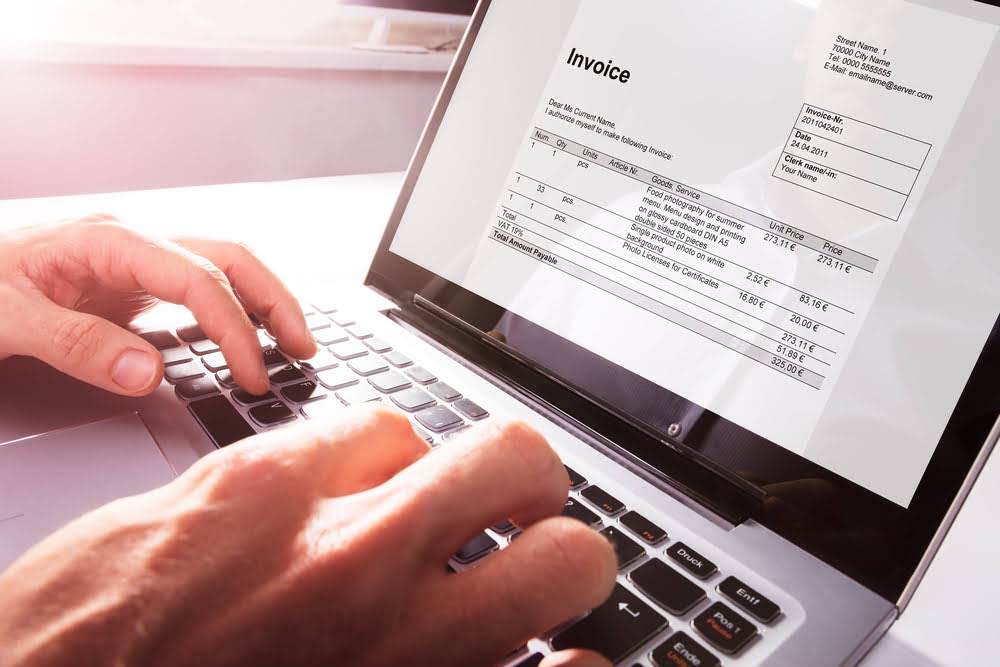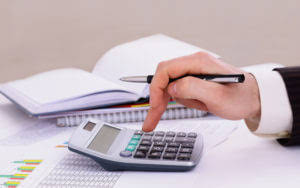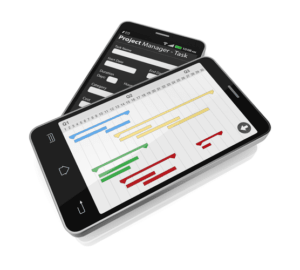Depreciation Methods Formulas Examples

Now you’re going to write it off your taxes using the double depreciation balance method. What it paid to acquire the asset — to some ultimate salvage value over a set period of years (considered the useful life of the asset). By reducing the value of that asset on the company’s books, a business can claim tax deductions each year for the presumed lost value of the asset over that year. There are four different depreciation methods used today, and I discuss these in the last section of my Beginner’s Guide to Depreciation. The above image doesn’t a much better job of explaining switching depreciation methods than mere words alone.
Sum-of-the-Years’ Digits Method
Although any rate can be used, the straight-line rate is commonly used as a base to determine the depreciation rate for the declining balance method. This is due to the straight-line rate can be easily determined through the estimated useful life of the fixed asset. DDB differs from the straight-line method as it accelerates depreciation, allowing larger expenses in the earlier years and smaller ones as the asset ages. Compared to the sum-of-the-years’ digits method, which also accelerates depreciation but less aggressively, DDB provides a more significant front-loading of depreciation expenses. This makes DDB ideal for assets that lose value quickly, while straight-line might be better for assets with a more uniform usage and value decline over time. This method is faster than both the sum-of-the-years’ digits and straight-line methods.
What are the advantages of using the double declining balance method for depreciation?

The depreciation expense is then recorded in the accumulated depreciation account, which reduces the asset book value. The double declining balance method is a form of accelerated depreciation where an asset’s cost is allocated more heavily during its earlier years of use. This method calculates the depreciation expense by multiplying the asset’s book value at the beginning of each period by the double declining balance rate. This method falls under the category of accelerated depreciation methods, which means that it front-loads the depreciation expenses, allowing for a larger deduction in the earlier years of an asset’s life. To determine the basic depreciation rate using the double declining balance method, you initially ascertain the straight-line depreciation by dividing the asset’s cost by its useful life.
What is the double declining balance method of depreciation?
- Businesses use accelerated methods when having assets that are more productive in their early years such as vehicles or other assets that lose their value quickly.
- While it may not reflect an asset’s actual condition as precisely, it is widely used for its simplicity and consistency.
- Calculating depreciation using the DDB method involves a few straightforward steps.
- In many countries, the Double Declining Balance Method is accepted for tax purposes.
- Accountants have the discretion to change from using the double declining balance method to employing the straight-line method when it results in a greater depreciation expense for any particular year.
- Since it is so widely used, and simple to understand, I go into great detail and provide examples in that tutorial.
Any impairment (weather, fire, accident) that may befall an asset is also subtracted. In year one, the depreciation expense is twice that of the straight-line method, or 2/5 (40%) of $10,000, which equals $4,000. That’s a hefty depreciation expense, but that’s what Double-Declining depreciation is all about. If the double-declining depreciation rate is 40%, the straight-line rate of depreciation shall be its half, i.e., 20%. Depreciation in the year of disposal if the asset is sold before its final year of useful life is therefore equal to Carrying Value × Depreciation% × Time Factor. No depreciation is charged following the year in which the asset is sold.

- To calculate the double-declining depreciation expense for Sara, we first need to figure out the depreciation rate.
- Every year you write off part of a depreciable asset using double declining balance, you subtract the amount you wrote off from the asset’s book value on your balance sheet.
- In this comprehensive guide, we will explore the Double Declining Balance Method, its formula, examples, applications, and its comparison with other depreciation methods.
- On the other hand, with the double declining balance depreciation method, you write off a large depreciation expense in the early years, right after you’ve purchased an asset, and less each year after that.
- Using the double declining balance method, the depreciation rate would be twice the straight-line rate, or 20%.
- This method is another form of accelerated depreciation but less aggressive than DDB.
While it may not reflect an asset’s actual condition as precisely, it is widely used for its simplicity and consistency. In summary, the choice double declining balance example between the DDB and straight-line depreciation methods depends on a company’s specific financial goals and strategies. Ultimately, businesses must consider their unique circumstances when selecting the most appropriate depreciation method.
- This results in deferred tax payments, which is advantageous due to the concept of TVM.
- In the accounting period in which an asset is acquired, the depreciation expense calculation needs to account for the fact that the asset has been available only for a part of the period (partial year).
- With other assets, we may find we would be taking more depreciation than we should.
- This means that compared to the straight-line method, the depreciation expense will be faster in the early years of the asset’s life but slower in the later years.
- It is presented as a negative number on the balance sheet in the asset section.
- While the straight-line depreciation method is straight-forward and most popular, there are instances in which it is not the most appropriate method.
Example 1: Double-Declining Depreciation in First Period

Now the double declining balance depreciation online bookkeeping rate is calculated by doubling the straight-line rate. When implementing the double declining balance method (DDB) as a depreciation technique, it’s important to consider mid-year adjustments. The DDB method typically assumes that an asset is put into service at the start of the year and that the full year’s depreciation is recorded in the first year. As the declining balance depreciation uses the net book value in the calculation, the company doesn’t need to determine the depreciable cost like other depreciation methods. In other words, unlike other depreciation methods, the salvage value is ignored completely when the company calculates the declining balance depreciation.
- The salvage value plays a crucial role by setting a floor on the book value, so that the asset is not depreciated beyond its recoverable amount.
- So if an asset with a 10-year life and no salvage value depreciates at 10% per year straight-line, the DDB rate would be 20%.
- With DDB, assets are depreciated more heavily in the early years, which can be beneficial for businesses in terms of deferring income tax expenses to later periods.
- For the first period, the book value equals cost and for subsequent periods, it equals the difference between cost and accumulated depreciation.
- It is frequently used to depreciate fixed assets more heavily in the early years, which allows the company to defer income taxes to later years.
- Companies will typically keep two sets of books (two sets of financial statements) – one for tax filings, and one for investors.
- In this case, when the net book value is less than $500, the company usually charges all remaining net book balance into depreciation expense directly when it uses the declining balance depreciation.
Accelerated depreciation techniques charge a higher amount of depreciation in the earlier years of an asset’s life. One way of accelerating the depreciation expense is the double decline depreciation method. By front-loading depreciation expenses, it offers the advantage of aligning with the actual wear and tear pattern of assets. This not only provides a more realistic representation of an asset’s condition but also yields tax benefits and helps companies manage risks effectively. The Straight-Line Depreciation Method allocates an equal amount of depreciation expense each year over an asset’s useful life. This method is simpler and more conservative in its approach, as it does not account for the front-loaded wear and tear that some assets may experience.

Accounting made for beginners
Our intuitive software automates the busywork with powerful tools and features designed to help you simplify your financial management and make informed business decisions. Business News Daily provides resources, advice and product reviews to drive business growth. Our mission is to equip business owners with the knowledge and confidence to make informed decisions. Accounting for Churches I recommend Bookkeeping All-in-One for Dummies for those folks new to bookkeeping.







